JAMAICA | Role of The Traditional and Revival Type Church in the fight Against Slavery (Part 1).
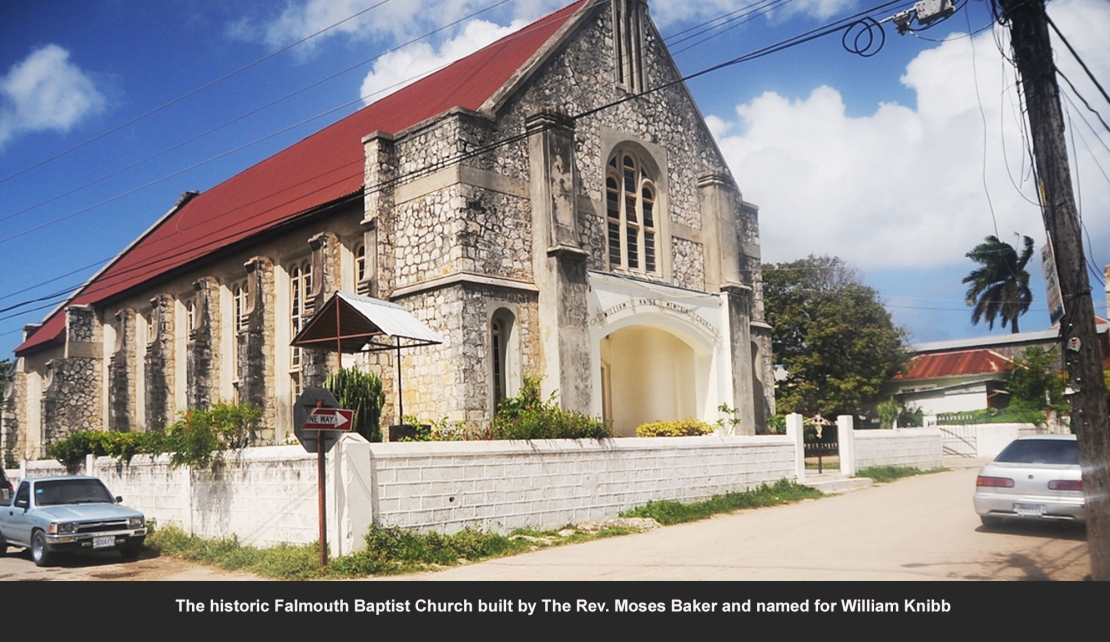
MONTEGO BAY, September 12, 2022 - Former Trade Unionist and former Mayor of Montego Bay and now historical researcher, Shalmanezer Scott, In July 2014, delivered the 19th Annual Emancipation Lecture at the Calvary Baptist Church, on the topic "Sam Sharpe’s journey from Slave Plantation to National Hero," but more generally, the role of the Traditional and non-conformist Church in the 400 year Struggle for the liberation of enslaved Africans from chattel Slavery.
Shalman had sent us a copy of his lecture, knowing that we were interested in unearthing more information about National Hero Sam Sharpe, and that led by former member of parliament for South St. James Derrick Kellier, The South St. James Social and Economic Trust had spent the better part of twenty years unearthing Sam Sharpe’s historical relationship with Kensington, Catadupa, Johns Hall, Spring Mount and Montpelier in St. James.
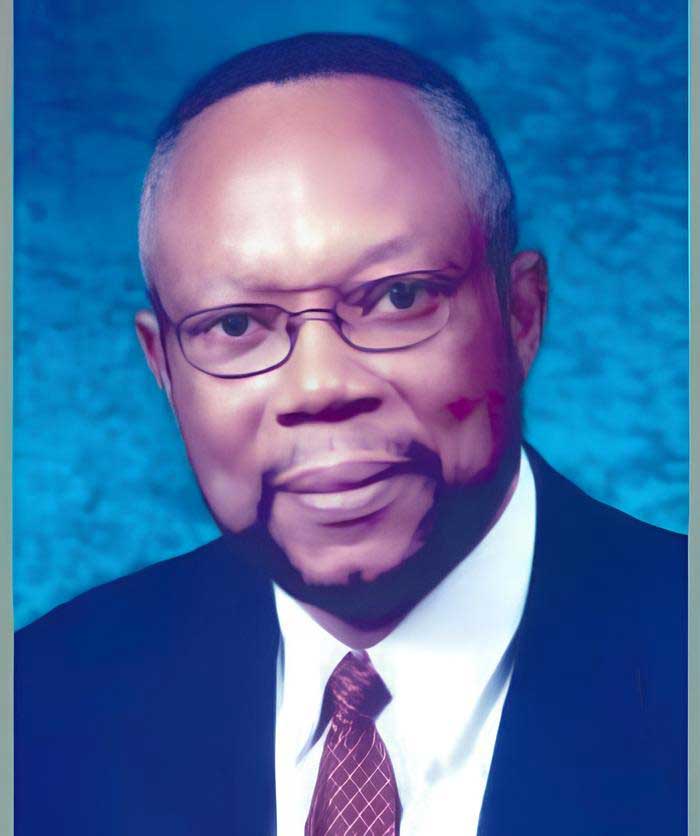
In 2020, Sports, Entertainment and Culture Minister the Hon. Olivia ‘Babsy’ Grange engineered a Cabinet approval declaring December 27, the start of the 1831 war that was led by the National Hero, Sam Sharpe Day.
The following is an edited version of Mr. Scott’s Sam Sharpe’s lecture presentation to the Calvary Baptist Church in Montego Bay on July 28, 2014.
For several years I have faithfully enquired into and investigated various aspects of our published orthodox History which I have found to be filled with inconsistencies of huge proportions. I have often-times found these accounts to be racially biased, even in the published history of religion and the church, and the information heavily doctored in many instances as this mighty human drama unfolds.
That there were several actors who were less than firm about their interest in the slaves and the abolition of slavery goes without saying.
But the slaves, whose discernment and sophistication were always mistakenly underrated, made good use of that negative stereotypes through the exhibition of the common traits of Anansi, Quarshie and Pitchy-Patchy, and with consummate ease, ‘play fool fi Ketch wise’.
For indeed the slaves were always very clear about what they wanted and knew what alliances to form in order to get what they wanted.
No wonder by 1839 one year after slavery was abolished attendance at orthodox churches began to fall off dramatically, according to Professor of Business History Alfred Chandler of Harvard University …
A few years later, orthodox Christianity and the previous religious fervor seen in the period leading up to emancipation suddenly turned African, “shattering the high hopes of orthodox Christians and the British missionaries. With the re-emergence of myalism and native baptism, Bedward-type Churches in August Town for example, converged to lay the foundation of modern Jamaican Revivalism.
This series of breakaways after 1838 was the second major phase of the mushrooming of native Baptist churches or Myal chapels, the first occurring between 1814-1827 with the arrival of several white British missionaries to Jamaica with their “Popish” way of Christian worship.
So dominatinng was the role of the Anglican Church in the life of the plantocratic society, that even other Christian denominations operating in Jamaica had to receive permission from the Church of England to preach the gospel of the Lord Jesus Christ on the island.
In other words, for years the Baptists, Moravians, Methodists and Presbyterians — the earliest non-conformist religious groups operating here in Jamaica had to apply to the Anglican Church hierarchy, more specifically the vestry, a forerunner to the parish council, for a licence to preach the Christian message to the slave population and others.
It was because of this arrangement why black missionaries George Leile, Moses Baker, Thomas Swiggle, George Gibbs, et al, could no longer preach with the passage of the relevant law in 1802, and again another in 1810 with more teeth in response to the abolition of the slave trade in 1807.
This forced the black missionaries, particularly Baptists, to seek white missionaries from the British Baptist Missionary Society, to come to Jamaica and help save the work they started here 41 years earlier. The request was made by Moses Baker, who was broken-hearted at two levels, in that his son Joseph Baker whom Moses had sent to theological seminary in England, absconded. Additionally, for many years only the Anglican Church was financed by the Jamaican taxpayers through the Government.
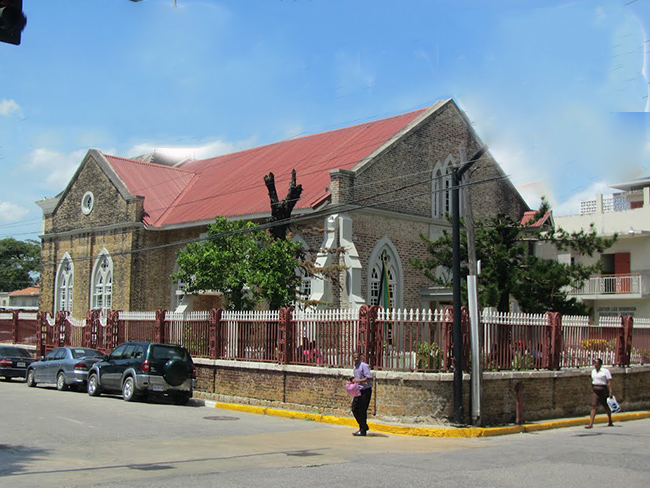
The blacks resented British missionaries' attempts to consider and promote themselves as the leaders of the afro Jamaican communities in things religious, moral and cultural. For one thing most blacks considered their morals,dancing ,drumming,concubinage, the Christmas festival and Sabbath breaking as private and privileged concerns separate from their religion.
Also British missionary pastors discourage baptizing or christening illegitimate children. The implication of these posture and arrangements was that seventy percent of the afro Jamaican population was barred from being members of British missionary or orthodox afro Jamaican Baptist churches.
Many young women, especially, considered church approval of their sexual practices and the necessity of legalized marriage as a form of slavery. No clapping of hands, No playing of musical instruments. No dancing and swaying of the Body, no speaking in tongues, nor getting into the spirit and worshippers were forbidden to wear costly raiments.
By now you must be thinking that worship must have been “DEAD.” Thats exactly what our foreparents the slaves thought. So they move to Revive that which was thought to be dead by the infusion of their African culture.
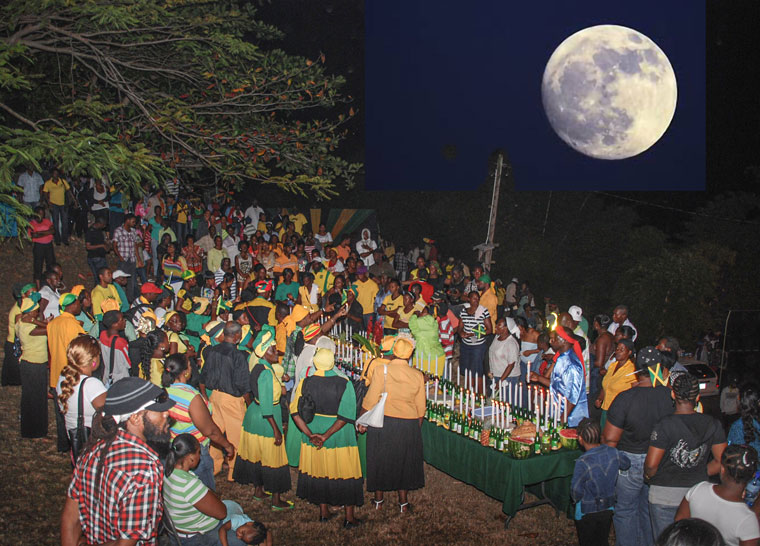
To be trained as a minister or parson at a British missionary college like Calabar became a stamp of rejection by the afro-Jamaican people.
The resentment and distrust towards the white missionaries by the afro Jamaican population of which Professor emeritus Phillip Curtin spoke, were discerned by many other researchers as they wade through the morass of the complex interactive relationships between the afro Jamaican slaves and the white British missionaries.
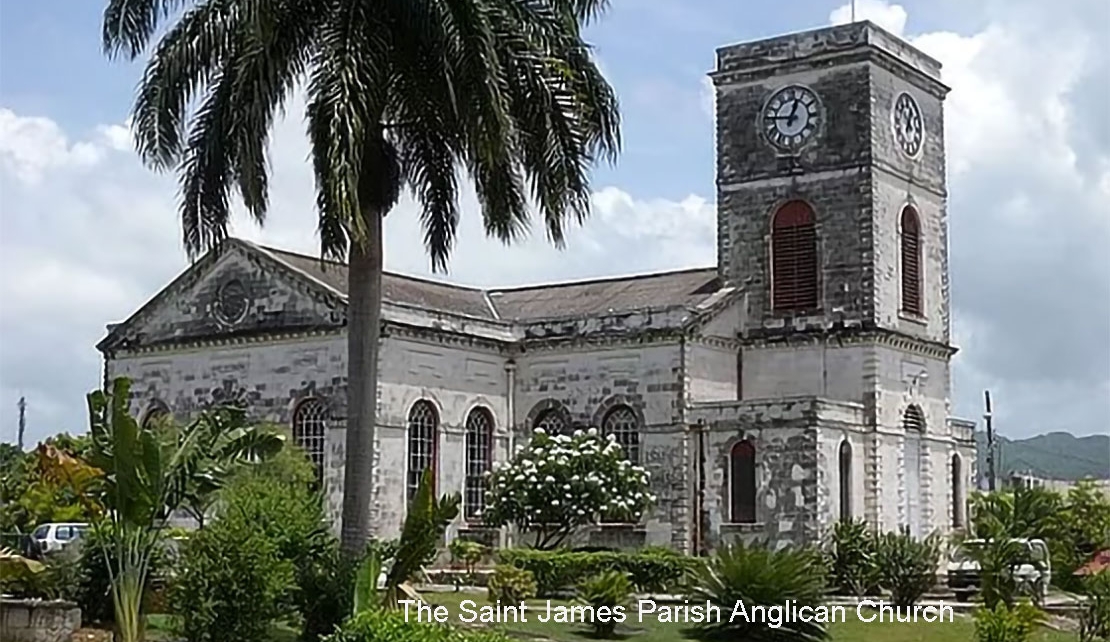
This evidence is pronounced both in terms of the behaviour and utterances of some and it is also very very clear, if we narrow our focus for a while. That was a determined attempt on the part of the cast of all white historians and biographers to bend the process of the recorded history in the direction of the white missionaries and away from the Black Preachers who labored cumulatively for up to 41 years before some of the British missionaries set foot on Jamaican soil.
Most came in the 1820s during the tail end of Slavery where all forces were already aligned both in Jamaica and in England and there could be no turning back to the death of the Monster of slavery.
Does this mean in my view that the Missionaries did not play their Part? The answer is a definite No. It does not mean that, but that part has resulted in patchwork, cut and paste published Baptist History for example, and particularly with so many unanswered questions, often at the expense of those who founded congregations otherwise called “Class House” or Mission House, long before larger church buildings were erected.
Yet the recorded history gives the impression that the date of construction of a church building or the date that a white pastor/missionary began preaching was when the church started at a particular location.
Calvary Baptist official records showed that the congregation started and a church was built in 1846 with a Scottish Missionary the Reverend John Henderson as its first Minister. But when did the breakaway occur ?
Was it in the first major phase between 1814-1827 or in the second major phase which began after emancipation? Or was it during the interregnum between the two major phases of Breakaway?
Professor Orlando Patterson's book “Sociology of Slavery” (pp 211 and 212), spoke generally to this very question. I wish to suggest that this be looked at to determine if the breakaway from Burchell Baptist took place in 1846.
Given the rancor, distrust and resentment towards the white Missionaries’ approach to Christian worship, why would a militant group of African Jamaicans involved with the Breakaway walk away from the white missionaries only to immediately accept a white Scottish missionary, John Henderson, with the same beliefs and outlook as his British counterparts, towards things religious and which the ex-slaves through their strident vote with their feet has already rejected?
And if the breakaway had anything to do with the treatment of Sam Sharpe who was executed in 1832, why would an angry and defiant breakaway group of people whose darker side is known for our legendary and strongly compulsive and irascible nature had taken 14 years up to 1846 to act definitively on their displeasure?
Alternatively, given the incisive trauma and ‘cass-cass' associated with Church group quarrels connected to the breakaway which the orthodox history suggests would have taken place at the same time Rev. John Henderson arrived in 1846,….why would the white missionary leadership insert itself so quickly in the affairs of this renegade church with little or no time to reconcile the thorny issues and cauterize the bitter blood boiling in such a strained relationship or situation?
But what was happening, if it is not yet obvious to some, I ask that you follow the pattern as this presentation unfolds the techniques in how the history was recorded… and its selective manner of publication.
Is it that “little Baptist” Calvary must have no history until the first white pastor arrived there in 1846. Is it that the history must not record a breakaway while the Reverends Knibb and Burchell were actively involved with the Baptist Leadership?
Knibb died 1845 and Burchell died 1846. Calvary started afterwards according to the recorded history. How unnatural?
Burchell Baptist itself is also one of several prime examples where the Rev. Henry Tripp served for the major portion of the eight years he spent in Jamaica and due to ill health was replaced by Rev. Thomas Burchell in January 1824.
A horse and butler previously assigned to Rev Tripp awaited the Rev. Burchell at Ship side on his arrival in Falmouth. His preaching schedule was also handed to him.
The point here is that the Rev. Mr. Burchell arrived in Montego Bay and western Jamaica to a well ordered and vibrant Baptist structure. And prior to the arrival of the Rev. Henry Tripp, there was the foundation work laid by Preacher Moses Baker.
What the Rev. Thomas Burchell at the corner of Market Street and King street was to have built a bigger church, along with help from the Quakers including Joseph Sturge after whom one Baptist Free village…Sturge Town…. in St. Ann was named.
Help came also from the British Baptists Missionary Society, the local congregation who gave cheerfully and freely of their monies, time and labour. The same is true in the story of the Falmouth Baptist Church, built bigger in 1827 under the supervision of the Rev. Thomas Burchell.The Falmouth church was later named as a memorial to the Rev. William Knibb who had nothing to do with its original construction nor how and when the congregation started.
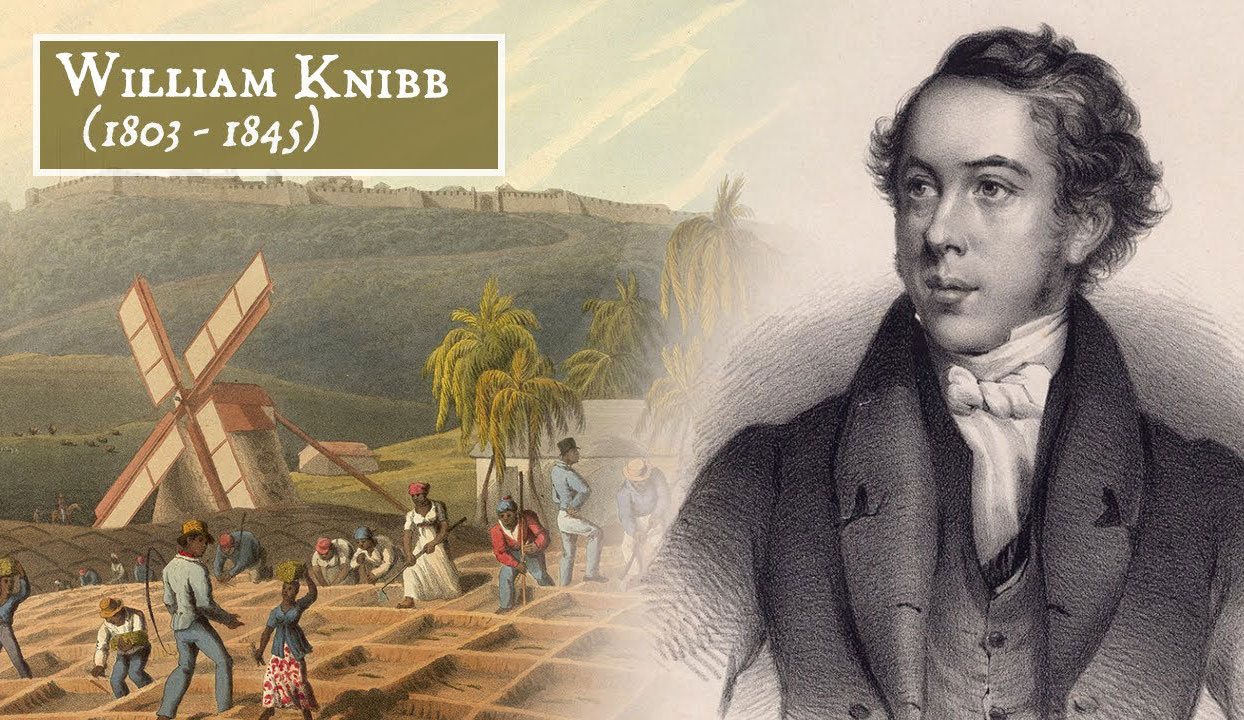
The Reverend John Rowe added a school to the Falmouth Baptist Church in 1814 some 16 years before the Rev. William Knibb arrived there as pastor in 1830, and a full eleven years before Knibb arrived in Jamaica.
Immediately following the Rev. John Rowe, the Rev. Henry Mann pastored the Falmouth Baptist Church.
The truth is that the local Baptist History is for the most part, both a refreshing and encouraging series of positive experiences, spanning over 231 years, that focused on the empowerment of the lost, the least and the left outs among our people. That pedestal need not be jeopardized and its integrity compromised, by the temptation of some, to have that history twisted in any direction, other than to reflect the character and nature of the one who is the foundation of the Church ….Our Lord Jesus Christ, The God of justice, love and mercy.
And speaking about Justice, critical questions are important to be asked at this juncture. Of over 200 free villages established in Jamaica after emancipation why is it that not even one was named after an African-Jamaican Preacher?
And of the over 1200 free villages established throughout the English Speaking Caribbean why not even one was named after a black emancipator in England or an African Caribbean Preacher?
They were and still remain the cornerstone of non-conformist Christian witness in the Region. How many churches in Jamaica and in the Region were named as a memorial to them. And Why not?
Consequently, there is corrective work ahead, and I am confident that the Jamaica Baptist Union, the associations of other non conformist churches; relevant and useful persons in Academia the ministries of Education, and of Youth and Culture are fully equipped with the necessary human resources to fill the gaps and make straight the winding and obscure pathways that are in need of illumination!
-30-

 Ar
Ar  En
En